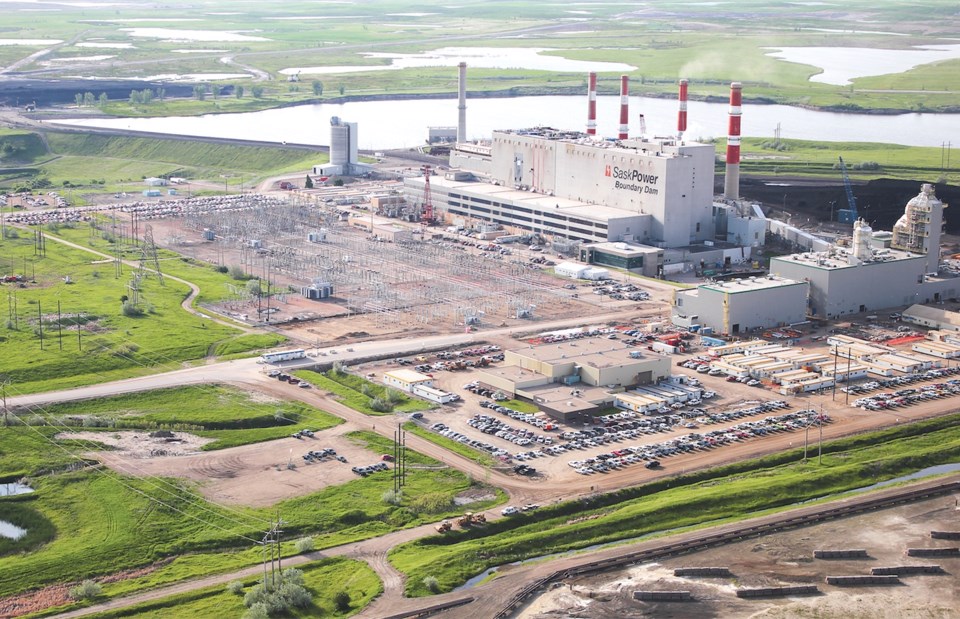We knew that the frigid temperatures were going to hit eventually.
Even in the warmest of winters, we have typically had at least one cold snap that forces us to crank up our heaters, plug in our vehicles and dig out the thick winter clothes. The wonderful, unseasonal warmth we had in December was replaced by very cold weather in January.
During the extreme cold, we need to be thankful for those who allow us to keep the lights on and our homes heated. Yes, we need to be thankful for those who work in the power generation industries, particularly coal and natural gas.
Wind and solar power didn't get the job for us in the past week. Solar often gives us nothing. Wind is usually slightly better than nothing. Even though the frigid temperatures were accompanied by strong winds, the wind turbines weren't working.
Saskatchewan had to help our neighbours in Alberta by providing 153 megawatts of power to them. And while some were quick to cite Alberta's privately-owned power generation as the culprit, they wouldn't have had to turn to Saskatchewan for help if those wind turbines came through.
Cold snaps such as these serve as a valuable reminder of where we're at in terms of power production and how far some renewables have to go before they can be deemed reliable. We could count on natural gas last week. We could definitely count on coal. When SaskPower has had to turn to Unit 4 at the Boundary Dam Power Station (which has been on stand-by since December 2021), it has proven to be reliable.
The carbon capture and storage facility at Boundary Dam has been there when we've needed it, churning out baseload power while greatly reducing emissions.
Of course, the feds are trying to ramrod their Clean Electricity Standards down the provinces' throats in the last example of them overstepping their jurisdiction. They want to see a zero-emission grid by 2035.
That sounds like a nice objective. And there are some jurisdictions where it has already happened, and others where it might even be possible down the line. But there are others, like Saskatchewan, where it's not.
We don't have the widespread access to hydroelectricity to make this objective work. Neither does Alberta. We shouldn't be forced to import power from Manitoba or elsewhere to meet our needs.
There's great potential in small modular nuclear reactors, but we have to remember they aren't prevalent as of yet, and with the current timelines in place, our first SMR likely won't be operational until 2034. On top of that, the feds want conventional coal power to come offline by 2030.
At some point, they're going to have to realize that what works in some provinces won't work for others.
The provincial government is talking tough when it comes to dealing with the feds, and it is withholding the carbon tax on SaskPower and SaskEnergy, but we know how those challenges will ultimately end. The feds will win in court, and Saskatchewan will have to pony up, although it will have scored political points for taking on the government.
Technology is always evolving, and just because wind and solar are letting us down now doesn't mean they'll still be ineffective in these temperatures 10 or 15 years from now. But we're not going to turn the lights on and heat our homes now based on the long-term potential of some energy sources.
Most of us were able to stay warm for the past week. Most of us will be able to remain warm for the next few days, until we see a return to above-average temperatures. And if we get another serious cold snap later on in the winter, well, we can be thankful that we have power sources that will deliver, regardless of whether it's through fossil fuels or another source.





